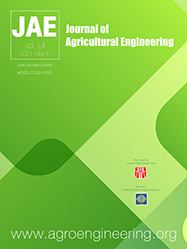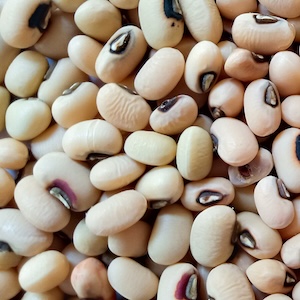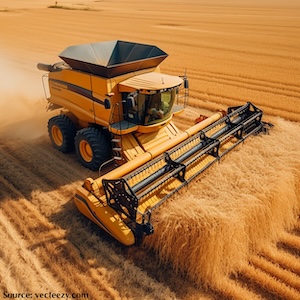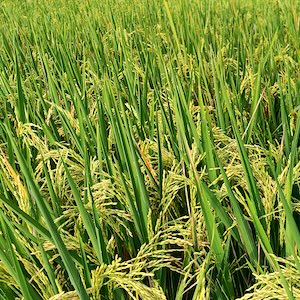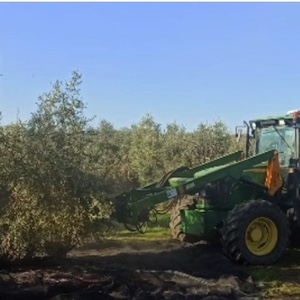AC-YOLO: citrus detection in the natural environment of orchards

All claims expressed in this article are solely those of the authors and do not necessarily represent those of their affiliated organizations, or those of the publisher, the editors and the reviewers. Any product that may be evaluated in this article or claim that may be made by its manufacturer is not guaranteed or endorsed by the publisher.
Authors
In the natural environment, the shape and color of fruits can vary greatly due to various factors, and the growth of fruits is irregular, shaded by leaves and branches, and there are phenomena such as overlapping fruits. The complex background causes the difficulty of fruit recognition by the picking robot to increase, which affects the positioning of subsequent picking points, greatly increasing the difficulty of picking, and even causing damage to the end effector. To address such issues, this study adopts panoramic photography to capture images of citrus fruit trees, and proposes an AC-YOLO based citrus recognition method in the natural environment of orchards. Firstly, in the Resblock module of the YOLOv4 backbone feature extraction network, the AC network structure is integrated with different levels of feature mapping to fuse context information as small targets. At the same time, a self-attention mechanism is introduced to suppress the impact of complex backgrounds and underlying noise, improving the detection ability of small target citrus; Finally, the Mish activation function is used to replace Leaky Re LU, improving the generalization ability of the model and improving the accuracy of citrus detection. The panorama image is divided into sub images, and an improved YOLOV4 model is used for recognition. By comparing the orange recognition effects of different network models such as Fast R-CNN, Center Net, YOLOV4 series algorithms, and YOLOV5 series algorithms on the panorama image, the improved YOLOV4 network model has an accuracy rate of 96.19%, a recall rate of 95.47%, and an average accuracy of 97.27%, Compared with the original YOLOv4 model, it has increased by 1.07, 2.59, and 2.02 percentage points respectively. This method has a good recognition effect for citrus in the natural environment of orchards.
Supporting Agencies
National Key Research and Development Program of China, National Natural Science Foundation of China, National Natural Science Foundation of Hunan Province, China Postdoctoral Science Foundation, China Scholarship CouncilHow to Cite

This work is licensed under a Creative Commons Attribution-NonCommercial 4.0 International License.

